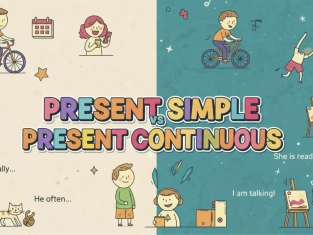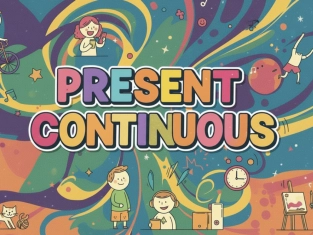Present simple forms of ‘to be’: am/is/are
Table of Contents
Exercises
Explanation
Affirmative form
We use am, is, or are depending on the subject.
|
Subject |
Verb |
Example |
|
I |
am |
I am a student. |
|
You |
are |
You are my neighbor. |
|
He |
is |
He is a teacher. |
|
She |
is |
She is from Brazil. |
|
It |
is |
It is a sunny day. |
|
We |
are |
We are friends. |
|
They |
are |
They are at the park. |
Negative form
To make the negative, add not after the verb. Short forms are very common in spoken English.
|
Subject |
Negative |
Example |
|
I |
am not (I’m not) |
I’m not tired. |
|
You |
are not (aren’t) |
You aren’t at home. |
|
He |
is not (isn’t) |
He isn’t ready. |
|
She |
is not (isn’t) |
She isn’t in the office. |
|
It |
is not (isn’t) |
It isn’t cold today. |
|
We |
are not (aren’t) |
We aren’t late. |
|
They |
are not (aren’t) |
They aren’t hungry. |
Interrogative form (questions)
Put the verb to be before the subject.
|
Question |
Short Answer |
Example |
|
Am I late? |
Yes, you are. / No, you aren’t. |
Am I late for class? |
|
Are you happy? |
Yes, I am. / No, I’m not. |
Are you happy today? |
|
Is he here? |
Yes, he is. / No, he isn’t. |
Is he in the kitchen? |
|
Is she busy? |
Yes, she is. / No, she isn’t. |
Is she busy with work? |
|
Is it a dog? |
Yes, it is. / No, it isn’t. |
Is it a dog or a cat? |
|
Are we ready? |
Yes, we are. / No, we aren’t. |
Are we ready for the trip? |
|
Are they students? |
Yes, they are. / No, they aren’t. |
Are they students in this class? |

